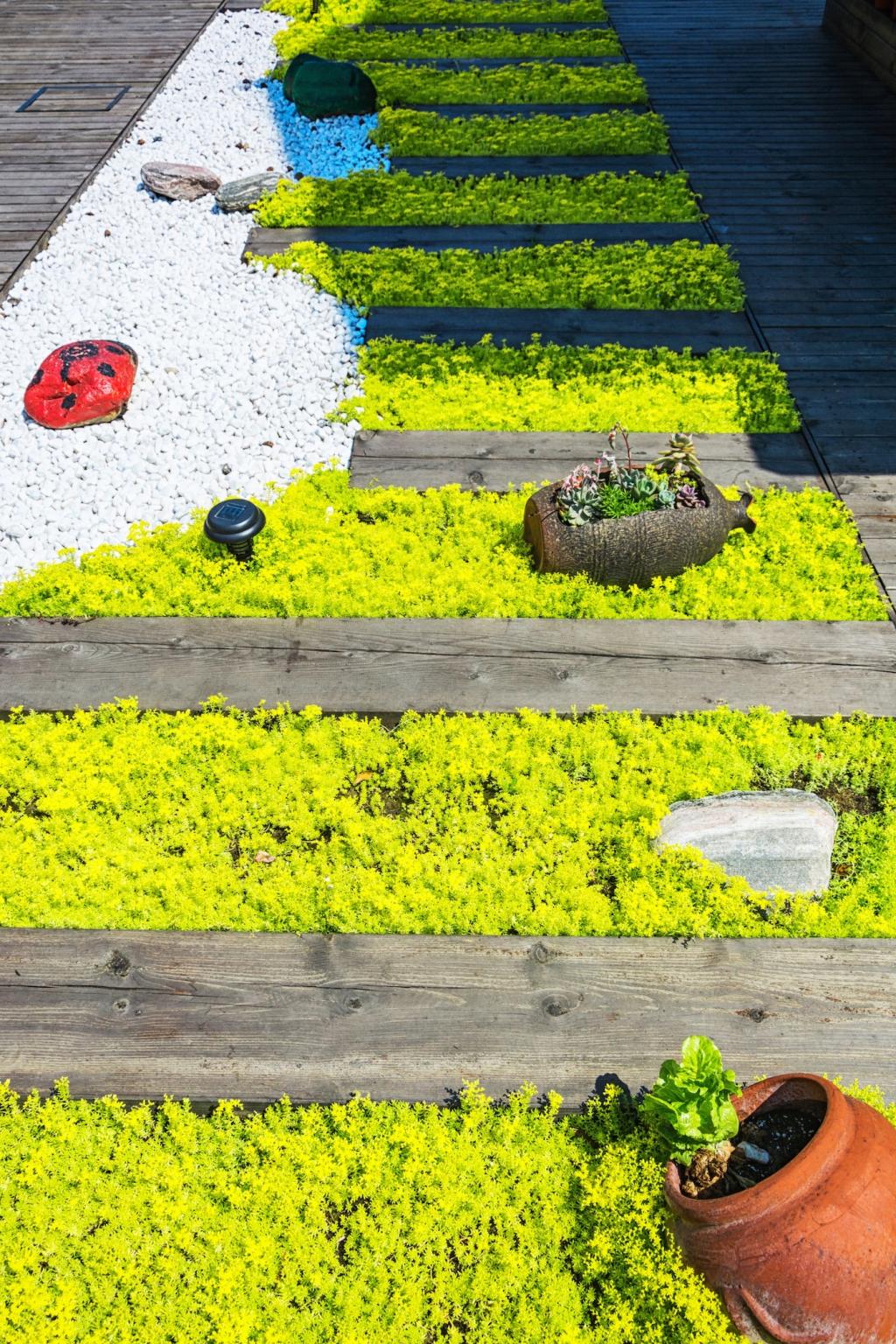Keeping Streets Drier and Sewers Calmer
An eight-story office retrofitted with a mid-depth green roof saw dramatic changes during a summer downpour: roof outlets flowed steadily instead of surging, overflow alarms stayed silent, and the basement pumps never cycled. Staff noticed the difference immediately—less panic, more relief.
Keeping Streets Drier and Sewers Calmer
Spread across blocks, green roofs act like many tiny reservoirs, shaving peaks at the neighborhood scale. When hundreds of buildings each delay runoff, downstream pipes and culverts enjoy breathing room, reducing backups, protecting basements, and preserving emergency capacity during multi-storm sequences.
Keeping Streets Drier and Sewers Calmer
Blue-green roof systems add valves and sensors to release stored water strategically before forecast storms. Controlled drawdown creates fresh capacity, preventing overflows. Curious whether local rules support this approach? Tell us your jurisdiction, and we’ll explore compliant design strategies together.



